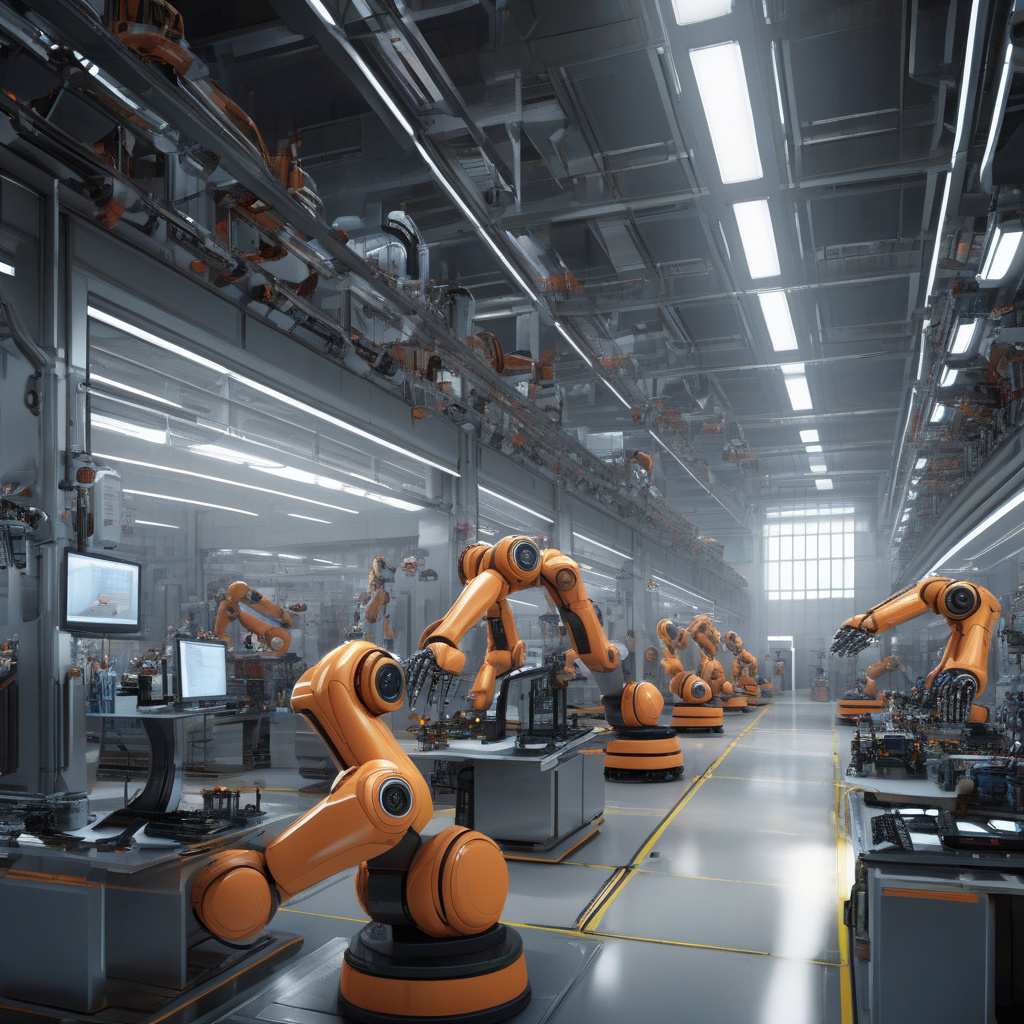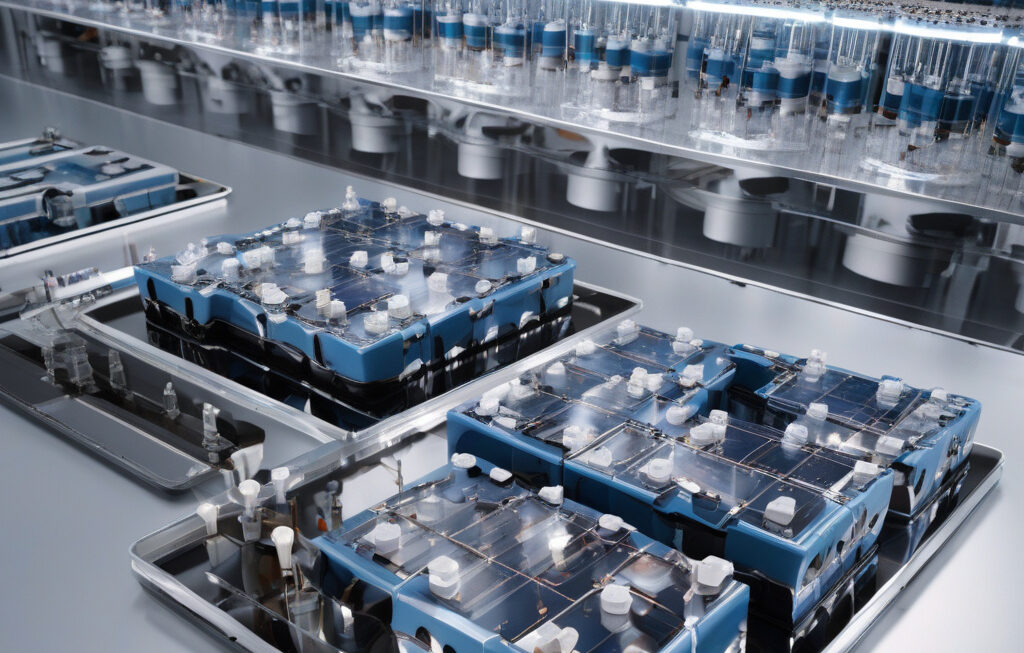China Bets Big on Humanoid Robots to Transform Factories
In a landmark move that underscores China’s commitment to revolutionizing its manufacturing sector, Beijing has initiated significant subsidies aimed at accelerating the deployment of humanoid robots in factories across the country. This strategic push towards automation and artificial intelligence (AI) signals a pivotal shift in the global industrial landscape, with China emerging as a frontrunner in embracing cutting-edge technologies to drive efficiency, productivity, and innovation.
The deployment of humanoid robots in manufacturing processes holds the promise of streamlining operations, enhancing precision, and reducing labor costs. By integrating AI-powered robots into factory settings, businesses can achieve higher levels of accuracy and consistency in production tasks, leading to improved quality control and overall operational performance. The ability of humanoid robots to adapt to diverse tasks and work alongside human employees in a collaborative manner further amplifies their value proposition in modern industrial environments.
China’s strategic focus on humanoid robots is driven by a combination of factors, including the need to address labor shortages, enhance productivity, and maintain its competitive edge in the global market. By subsidizing the adoption of AI technologies in manufacturing, Beijing aims to catalyze the widespread implementation of humanoid robots, thereby catalyzing a paradigm shift towards smart, connected, and efficient factories of the future.
One of the key advantages of humanoid robots lies in their versatility and adaptability to perform a wide range of tasks that traditionally required human intervention. From assembly and welding to packaging and quality control, these advanced robots can handle complex operations with speed and precision, significantly boosting overall production efficiency. Moreover, the integration of AI algorithms enables humanoid robots to learn from experience, optimize performance, and continuously improve their capabilities over time.
The transformative potential of humanoid robots extends beyond the realm of manufacturing, with applications spanning various industries such as healthcare, logistics, and service sectors. By leveraging the power of AI-driven automation, businesses can unlock new opportunities for growth, cost savings, and operational excellence. In a rapidly evolving digital economy, the ability to harness the full potential of humanoid robots will be a defining factor for organizations seeking to stay ahead of the curve and drive sustainable success.
As China ramps up its efforts to promote the widespread adoption of humanoid robots, the country is poised to reshape the future of manufacturing on a global scale. By investing in cutting-edge technologies, fostering innovation, and incentivizing businesses to embrace automation, China is laying the foundation for a new era of smart manufacturing that prioritizes efficiency, sustainability, and competitiveness. The convergence of AI, robotics, and automation is set to revolutionize the way goods are produced, paving the way for a more agile, responsive, and dynamic industrial ecosystem.
In conclusion, China’s bold bet on humanoid robots represents a strategic leap towards building smarter, more efficient factories that are equipped to meet the demands of the digital age. By harnessing the power of AI subsidies and technological innovation, China is propelling its manufacturing sector towards a future where human-machine collaboration drives unprecedented levels of productivity and performance. As humanoid robots take center stage in the factories of tomorrow, the transformative impact of automation is poised to redefine the very essence of modern industry.
#China, #HumanoidRobots, #AI, #Manufacturing, #Automation












